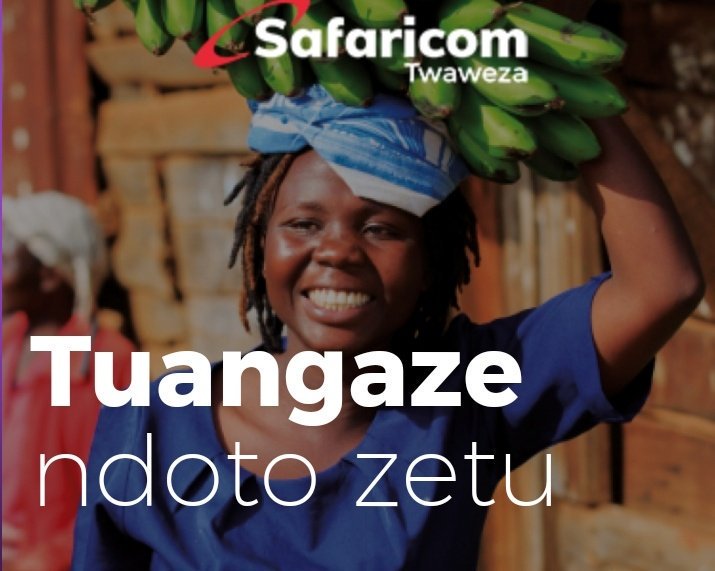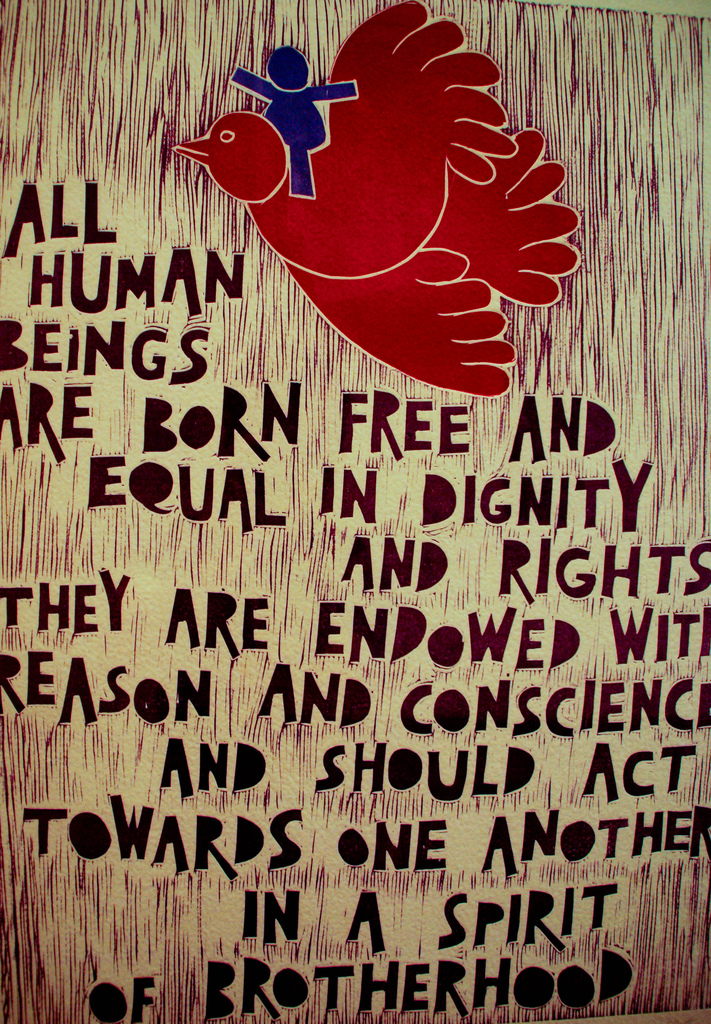In Conversation with Amref Kenya on the Fight Against FGM and the Alternative Rite of Passage Programme

I travelled to Kilonito in Kajiado County with Amref Kenya,and it was an eye-opening experience. It’s one thing to have conversations about FGM, and another to meet and interact with the communities and the people that have been working to eliminate it. I was so impressed with the commitment of everyone involved in the initiative. One of the things that really stood out to me during my visit to Kilonito is that Amref Kenya is really just a facilitator. The drive to end FGM in Kilonito is community driven and community owned. Everyone, from the chiefs to the elders to the mothers to the youth is involved.
To get a better sense of the work Amref is doing in Kilonito and other parts of Kenya towards the elimination of FGM, I had a chat with the Amref team.
1. Why did Amref get involved with anti FGM work?
Female Genital Mutilation (FGM) is a painful and horrific experience for the three million girls who go through it each year in Africa. It is a violation of the human rights of girls and women. It can cause severe bleeding, infection, infertility and death. It has no health benefits and harms girls in many ways. FGM limits girls’ life chances; cutting marks the initiation of girls into ‘womanhood’ and exposes them to child early and forced marriages and teenage pregnancies.
Amref Health Africa believes in protecting the rights of all persons and envisions a continent free of Female Genital Mutilation where girls are empowered to continue their education and become the women of their dreams.
2. How does Amref support the work being done to eliminate FGM in Kenya?
Amref uses the Alternative Rite of Passage (ARP) approach to fight FGM. ARP takes away the cut while retaining important cultural aspects such as sexual education, blessings by elders and keeping girls in school. It preserves and protects the good cultural values of communities. It provides the much needed life-skills to the girls while giving them a future.
3. You run the ARP programme. What does this entail?
Amref Health Africa in Kenya iscurrently working with the Maasai Community to eliminate female genital mutilation through the alternative rite of passage approach.
Amref propagates the community-led Alternative Rite of Passage (ARP)approach to fight FGM by engaging families and communities so that they can make a collective and coordinated choice to abandon the practice of FGM, and so that no single girl or family is disadvantaged by the decision.
Both boys and girls are trained over a three-day period on sexual reproductive health, with lessons on body changes, sexually transmitted diseases and how to take care of their bodies as they experience the changes. The program also tackles the challenges that girls and boys face while undergoing puberty within their community.
4. Which time of the year does the ARP happen?
The school holiday season is when FGM is mostly practiced; April, August and December. The peak season of the cuttingof girls occurs at Christmas, with a sub-peak over the shorter 3-week, August holiday. The long holidays provide enough time for girls to be circumcised and recover.
Amref Health Africa ensures that there is an ARP during these times when the children are home from school and FGM is likely to take place.
5. What has the impact been?
Kajiado County has seen an increase in the number of girls continuing with their education following an increase in the adoption of Alternative Rites of Passage(ARP). More girls are remaining in school following concerted efforts to change the culture of female genital mutilation/cutting (FGM/C) among the Maasai.
- Over 16,000 girls transitioned to womanhood through community led ARP without the “Cut”.
- Over 35 ARP ceremonies conducted.
- Over 90,000 girls, boys, morans, parents, cultural elders and other community members educated on the effects of FGM and importance of education.
- Over 400 traditional birth attendants trained on health risks of FGM.
6. What are the biggest challenges when it comes to eliminating FGM in Kenya?
FGM is intricately woven into the cultures of the communities that practice it. FGM is often upheld by local structures of power and authority such as traditional leaders, religious leaders, circumcisers and elders.
FGM is a manifestation of gender inequality that is deeply entrenched in social, economic and political structures (UNICEF, 2005). Where female genital mutilation is widely practiced, it is supported by both men and women, and sanctioned by condemnation, harassment, and ostracism at the society level. Primary factors in shaping social attitudes and beliefs towards the eradication of FGM/C as a human rights violation include tribe, religion and cultural impediments that makes it an uphill but not impossible task.
7. How can the public get involved?
Join our End-FGM movement by visiting www.amref.org/change-her-story.
December is cutting season and many girls are in danger of having their lives cut short due to FGM. To help stop this, make a Christmas donation to M-Pesa Paybill number 890750, Account name – ENDFGM.
Follow the conversations on the hashtags – #CuttingSeason and #ChangeHerStory
http://www.mwendengao.com/2022/11/14/in-conversation-withamref-kenya-on-the-fight-against-fgm-and-the-alternative-rite-of-passage-programme/https://i0.wp.com/www.mwendengao.com/wp-content/uploads/2018/12/FGM.jpg?fit=1024%2C384https://i0.wp.com/www.mwendengao.com/wp-content/uploads/2018/12/FGM.jpg?resize=150%2C150Mwende saysAmref,FGM,girls' education,Human Rights,teen pregnancy,women rights



Leave a Reply